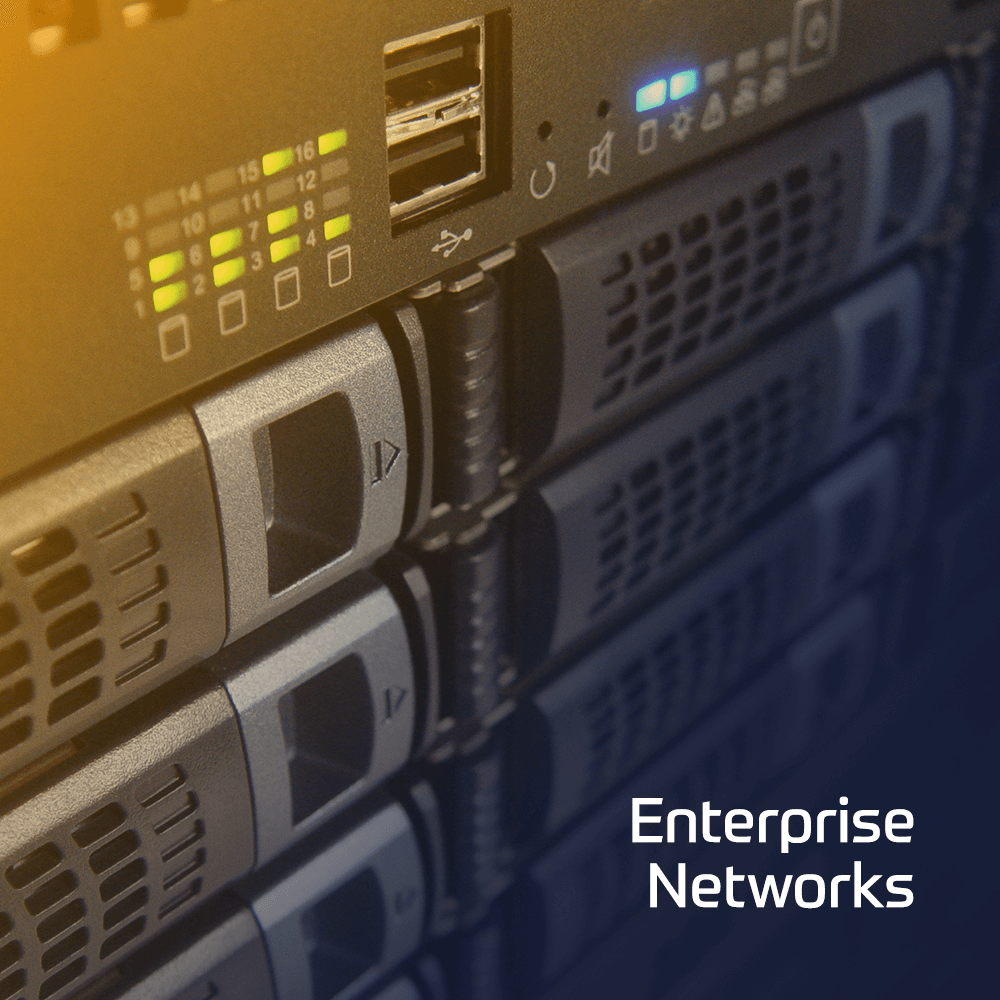The OC11GDBA1R2 – Oracle Database 11g: Administration Workshop I course is your first step towards success as an Oracle Professional, designed to give you a firm foundation in basic database administration. In this class, you’ll learn how to install and maintain an Oracle Database. You will gain a conceptual understanding of the Oracle database architecture and how its components work and interact with one another. You will also learn how to create an operational database and properly manage the various structures in an effective and efficient manner including performance monitoring, database security, user management, and backup/recovery techniques. The lesson topics are reinforced with structured hands-on practices. This course is designed to prepare you for the corresponding Oracle Certified Associate exam.
The course does not cover the following key Grid technologies:
- Enterprise Manager Grid Control
- Real Application Clusters
- Streams
- Data Guard
. These technologies are addressed in the following courses:
- Oracle Enterprise Manager 11g Grid Control
- Oracle Database 11g: RAC Administration
- Oracle Database 11g: Implement Streams
- Oracle Database 11g: Data Guard Administration
Release version: 2

 Finland
Finland Germany
Germany Denmark
Denmark Sweden
Sweden Italy
Italy Netherlands
Netherlands Norway
Norway 


























 Duration
Duration  Delivery
Delivery  Price
Price